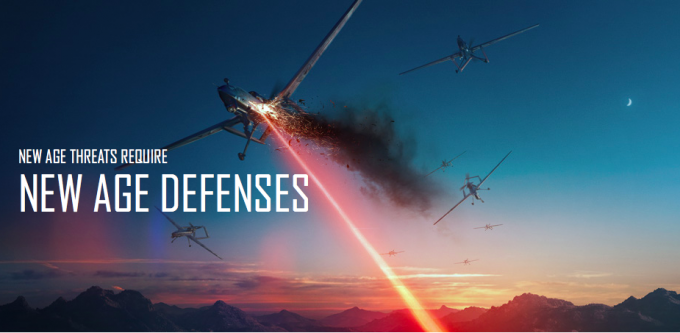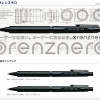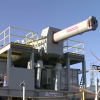画像出典:Lockheed Martin Ground based Laser Weapon System. Credit: Lockheed Martin
さて、レーザー砲とは?ロッキード社より
レーザー砲発射テスト
*Newslineより 3月24日
Lockheed Martin: 世界最大となる出力60kWのレーザー兵器を米陸軍に納入
Lockheed Martinは16日、世界最大となる出力58 kWのシングルビームのレーザー兵器を US Army Space and Missile Defense Command/Army Forces Strategic Commandに納入したことを発表した。
Lockheed Martinが開発したレーザーは、ファイバーレーザー(fiber laser)を束ねることで、スケーラブルにレーザーの出力を増大させることを可能にしたものとなる。
このレーザーはまた、目標におけるレーザーの収束率を物理上の限界にまで高めたものともなっており、出力規模もさることながらエネルギー効率の観点からも高エネルギー兵器としての限界を目指したものとなる。
Lockheed Martinは今後、このレーザー兵器を、戦術車両に搭載することで、次世代の対空防御兵器として、実用化することを予定している。
中東の最前線では、敵対勢力が安価なドローンを戦闘攻撃に活用してきていることが、最近になってから米軍の前線部隊を悩ますところとなっている。
米軍部隊の間では、テロ勢力が使用しているこうした数百ドル程度のドローンによる脅威を排除するため、1発300万ドルもするパトリオットミサイルを使用する例も増えてきている。そのため、ドローンを安価なコストで排除できる新テクノロジーの開発は、大きな課題ともなっている。
*英語
Lockheed Martin to Deliver World Record-Setting 60kW Laser to U.S. Army
BOTHELL, Wash., March 16, 2017 /PRNewswire/ — Lockheed Martin (NYSE: LMT) has completed the design, development and demonstration of a 60 kW-class beam combined fiber laser for the U.S. Army.
In testing earlier this month, the Lockheed Martin laser produced a single beam of 58 kW, representing a world record for a laser of this type. The Lockheed Martin team met all contractual deliverables for the laser system and is preparing to ship it to the US Army Space and Missile Defense Command/Army Forces Strategic Command in Huntsville, Ala.
“Delivery of this laser represents an important milestone along the path to fielding a practical laser weapon system,” said Paula Hartley, vice president, Owego, New York general manager and Advanced Product Solutions within Lockheed Martin’s Cyber, Ships & Advanced Technologies line of business. “This milestone could not have been achieved without close partnership between the U.S. Army and Lockheed Martin; we are pleased to be able to deliver this system for their further integration and evaluation.”
Lockheed Martin’s laser is a beam combined fiber laser, meaning it brings together individual lasers, generated through fiber optics, to generate a single, intense laser beam. This allows for a scalable laser system that can be made more powerful by adding more fiber laser subunits. The laser is based on a design developed under the Department of Defense’s Robust Electric Laser Initiative Program, and further developed through investments by Lockheed Martin and the U.S. Army into a 60kW-class system.
“The inherent scalability of this beam combined laser system has allowed us to build the first 60kW-class fiber laser for the U.S. Army,” said Robert Afzal, Ph.D., senior fellow for Laser and Sensor Systems. “We have shown that a powerful directed energy laser is now sufficiently light-weight, low volume and reliable enough to be deployed on tactical vehicles for defensive applications on land, at sea and in the air.”
According to Afzal, the Lockheed Martin team created a laser beam that was near “diffraction-limited,” meaning it was close to the physical limits for focusing energy toward a single, small spot. The laser system also proved to be highly efficient in testing, capable of translating more than 43 percent of the electricity that powered it directly into the actual laser beam it emitted.
Laser weapons provide a complement to traditional kinetic weapons in the battlefield. In the future, they will offer reliable protection against threats such as swarms of drones or large numbers of rockets and mortars. In 2015, the company used a 30kW fiber laser weapon, known as ATHENA, to disable a truck from a mile away.
Lockheed Martin has pioneered laser weapon systems for more than 40 years, making advances in precision pointing and control, line-of-sight stabilization and adaptive optics – essential functions in harnessing and directing the power of a laser beam – and in fiber laser devices using spectral beam combining. Lockheed Martin intends to develop a family of laser weapon systems capable of various power levels tailored to address missions across sea, air and ground platforms.














